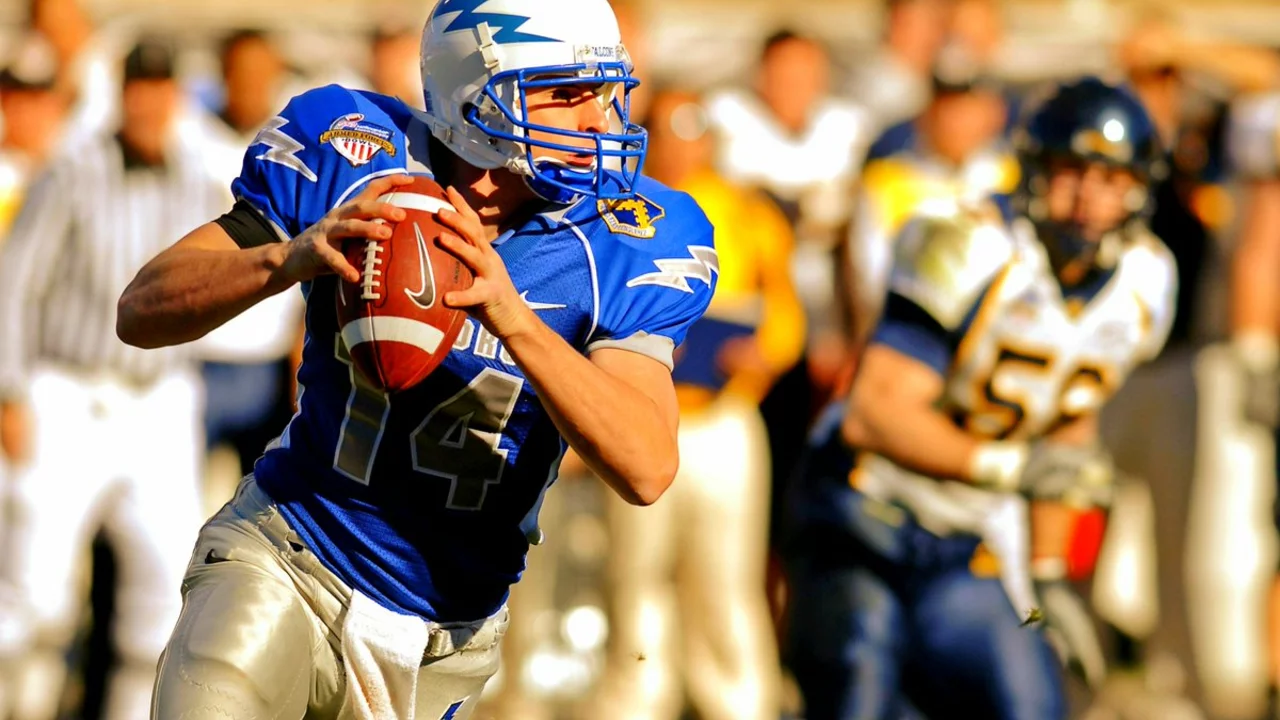Performance Comparison in Rugby – Speed, Safety & Growth Insights
If you’ve ever wondered how rugby measures up against other sports or against itself over time, you’re in the right place. This page breaks down the key numbers most fans care about: how fast the athletes run, how safe the game is, and whether the sport is growing worldwide. Let’s get straight to the facts you can use.
Speed and Athleticism
Rugby players need a mix of burst speed and endurance. Sprint tests show that elite NFL players typically clock 4.5‑second 40‑yard dashes, while top rugby backs run the 100‑meter dash in about 11 seconds. The difference isn’t huge, but the reason matters. Football players train for short‑range explosiveness, whereas rugby backs train for longer runs with the ball in hand. That’s why a rugby winger can maintain a high pace for 80‑90 meters, while a football receiver peaks earlier and then slows.
Training methods reflect these demands. Rugby teams focus on interval runs, tackling drills, and game‑scenario sprints. Football squads add heavy‑weight work to boost raw power. If you ask a coach, they’ll say the right balance depends on the position you play. The takeaway: rugby athletes are generally a bit slower on the very short sprint, but they have the stamina to keep the pace up longer.
Safety and Concussion Risks
Concussions are a hot topic in both codes. Recent data comparing rugby league and union shows a slightly higher concussion rate in union, largely because of the more frequent rucks and mauls. League, with its reduced contest at the breakdown, records about 4% fewer head injuries per 1,000 match minutes.
Both sports have stepped up safety protocols. World Rugby mandates head‑gear checks, concussion assessments, and mandatory rest periods after any head impact. The numbers are still higher than in most non‑contact sports, but they’re dropping as clubs adopt better techniques and medical staff become quicker to act. If you’re a parent looking at youth rugby, the trend is reassuring: better education and stricter rules are making the game safer than it was a decade ago.
Beyond head injuries, the overall injury profile differs. Rugby league players tend to see more shoulder and lower‑leg injuries, while union backs report more ankle sprains from rapid direction changes. Knowing these patterns helps players choose the code that fits their body type and injury tolerance.
What does this mean for fans? When you watch a match, you’ll notice the pace of play changes after a concussion review. The game pauses, the player is assessed, and often a replacement comes in. That break can shift momentum, but it also shows the sport’s commitment to health.
Overall, the performance comparison shows that while rugby isn’t as fast as the NFL in a pure sprint, it offers superior endurance and a growing focus on safety. The sport’s popularity is also on the rise, especially in places like Italy where the Six Nations exposure is sparking new clubs, and in the U.S. where colleges are adding rugby programs.
So whether you’re a player, a coach, or just a curious fan, the numbers give a clear picture: rugby combines speed, stamina, and improving safety, and it’s gaining fans worldwide. Keep an eye on the stats – they’ll keep telling the story of how the game evolves.

How would American NFL players fare in playing rugby?
Well, folks, let's chew on this juicy topic: American NFL stars trading their helmets for rugby scrums. Imagine those big guys, used to short explosive plays, suddenly tossed into an 80-minute, non-stop, no-pads rugby match. Their agility and strength would definitely be a spectacle, but the endurance aspect might have them huffing and puffing like a steam train climbing a steep hill. And let's not forget the unique rugby skills they'd have to learn - would they be as good at drop kicking as they are at touchdown dances? It's an intriguing thought, but let's be honest, it would be like watching a bull trying to play a grand piano!
view more

